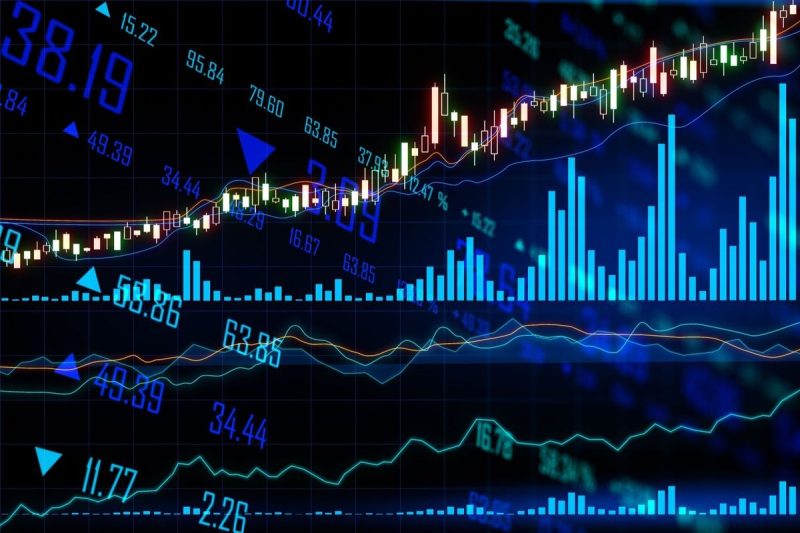### The Significance of Rare Earth Metals: Delving into Heavy vs. Light
#### The Basics of Rare Earth Metals
Rare earth metals have become indispensable in modern technological advancements. From smartphones to electric vehicles, these elements play a pivotal role in powering the devices that shape our daily lives. Due to their unique properties, rare earth metals are irreplaceable in various industries, contributing to innovation and progress globally.
#### Understanding Heavy Rare Earth Metals
Heavy rare earth metals, such as dysprosium and terbium, are characterized by their high atomic numbers and relatively scarce presence in the Earth’s crust. These elements are essential for applications requiring high magnetic strength and thermal stability. As the demand for specialized technologies increases, heavy rare earth metals have garnered significant attention due to their critical role in enabling these advancements.
#### Exploring Light Rare Earth Metals
In contrast, light rare earth metals, including cerium and lanthanum, are more abundant in nature and are often utilized in industries such as glass manufacturing and catalyst production. Their unique properties, such as strong light absorption and chemical reactivity, make them valuable components in various industrial processes. Despite being more widely available compared to heavy rare earth metals, their importance should not be underestimated in driving technological innovation.
#### The Intersection of Heavy and Light Rare Earth Metals
The distinction between heavy and light rare earth metals highlights the diverse applications and contributions of these elements to different sectors. While heavy rare earth metals are crucial for high-tech applications like electric vehicles and renewable energy technologies, light rare earth metals remain essential for everyday products and industrial processes. Both categories of rare earth metals complement each other, collectively supporting the advancement of numerous industries.
#### Supply Chain Challenges and Environmental Concerns
As the demand for rare earth metals continues to rise, concerns regarding sustainable sourcing and environmental impacts have come to the forefront. The extraction and processing of these elements can result in environmental degradation and community displacement, emphasizing the need for responsible mining practices and recycling initiatives. Additionally, the concentration of rare earth metal production in a few countries poses geopolitical risks, underscoring the importance of diversifying the global supply chain.
#### Conclusion
In conclusion, the distinction between heavy and light rare earth metals underscores the essential role these elements play in driving technological innovation and industrial development. By understanding the unique properties and applications of each type of rare earth metal, we can appreciate their collective impact on modern society. As we navigate the challenges associated with their extraction and supply chain management, a concerted effort towards sustainability and responsible usage is crucial to ensure a prosperous future powered by rare earth metals.
